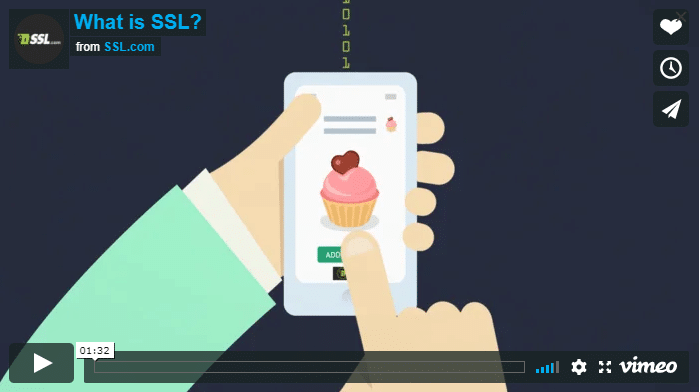SSL.com Blog
Cybersecurity Roundup May 2023
Critical Lessons from the MCNA Cyberattack: A Tale of Nine Million Breached Records The recent cyberattack on Managed Care of North America (MCNA), one of the largest dental insurers in the U.S., has served as a stark reminder of the ongoing cybersecurity challenges we face. The breach, perpetrated by the
Read More »
SSL Support Team
June 12, 2023
PKI Best Practices for 2023
Data security has been a primary priority since the advent of the Internet, necessitating the establishment of secure solutions such as PKI (Public Key Infrastructure). Today, we’ll look at “Best Practices in PKI 2023,” a framework that has evolved into a key component in ensuring secure transactions, communications, and identity
Read More »
Michael Labos
June 6, 2023
PKI & Offline Root Ceremonies for Enterprise Security
Public Key Infrastructure (PKI) is a critical part of digital security. It uses policies, processes, hardware, and software to secure digital transactions, data exchanges, and reliable digital identities. Today, many organizations rely on a three-tier PKI hierarchy for their digital security. In short, PKI maintains a trustworthy digital environment, making
Read More »
Michael Labos
May 31, 2023
Email Encryption: Why It’s Your Next Priority
We’re constantly bombarded with news about data breaches and cyber attacks. It’s like walking through a minefield, never knowing when you might step on a hidden threat. Now, imagine receiving an email notification about unauthorized access to your account, or worse, realizing you’ve fallen victim to a data breach. It’s
Read More »
Michael Labos
May 26, 2023
Document Signing for Secure Transactions
The transition to a digital-first world is gaining momentum. In this swiftly evolving digital environment, electronic transactions are not merely a rising trend; they are an essential foundation. The pressing question emerges: how can we validate the integrity of these transactions? The answer lies in trust. At the core of
Read More »
Michael Labos
May 25, 2023
Cybersecurity News Roundup March 2023
Twitter Removes Source Code Leaked on GitHub By Suspected Former Employee Image above by Markus Spiske from Pixabay. Twitter has removed a source code used for its systems that is suspected to have been released on GitHub by a former employee. Twitter also submitted a subpoena request in California’s court
Read More »
SSL Support Team
April 21, 2023
Subscribe To SSL.Com’s Newsletter
Don’t miss new articles and updates from SSL.com



